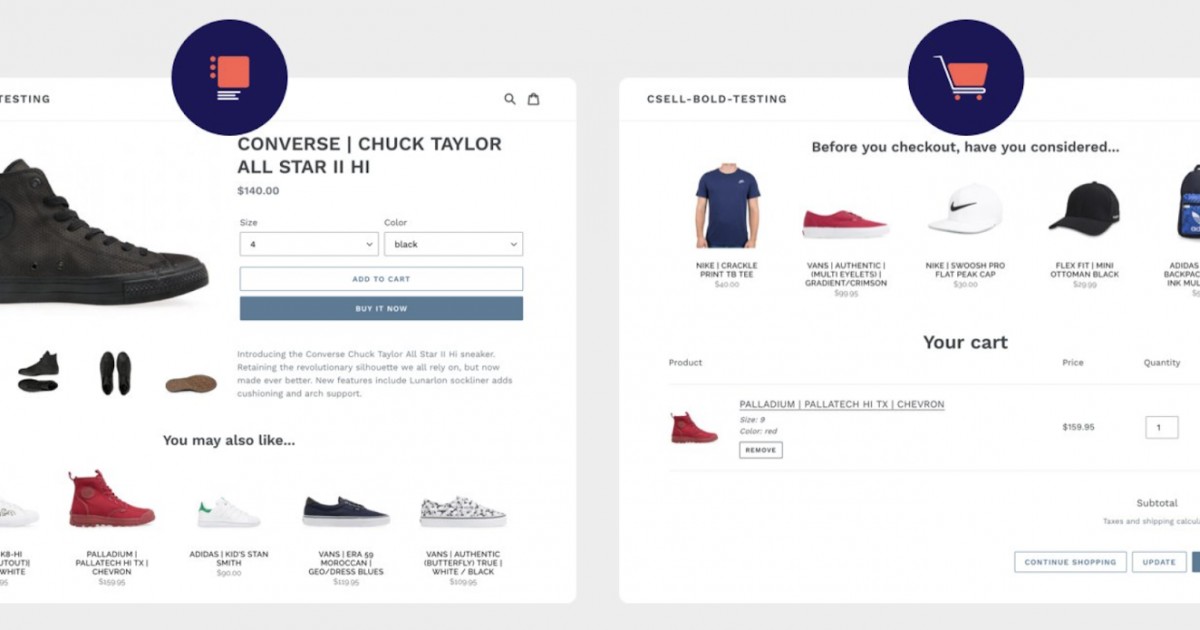New Employee Hire Checklist pdf
A free 12 step checklist for hiring new employees in HR or Human resources departments. Down the free PDF or copy to your own account.
 hiring employees checklist
hiring employees checklist
-
1. Create a clear job description
-
Make sure you are clear about the type of person you want to hire, the skills they require and the amount (or the range) you are willing to pay. Throughout the hiring process, keep an accurate record of each candidate, including their strengths, weaknesses, expectations and interview notes. You’ll need to refer to this again when selecting your preferred candidate.
-
2. Determine who is doing the recruiting
-
Writing the job description
-
Advertising the job (online and offline)
-
Communicating with prospective candidates
-
Answering questions about the job and your business
-
Interviewing and screening applicants
-
Communicating with unsuccessful candidates.
-
3. Apply for an Employee Identification Number
-
Obtain your Employer Identification Number (EIN) from the Internal Revenue Service (IRS). This is also known as an Employer Tax ID or Form SS-4. You need this to pay taxes and send other documents to the IRS. You can apply for an EIN online. This is a tax number that you as the employer have to set up to run the business – it isn’t something you need to get for each employee.
-
4. Maintain accurate tax records
-
You are legally required to keep proper tax records for four years. It’s important that you keep them safe, secure and easily accessible. Your accounting software should be able to do this for you.
-
The right accounting software will also help you monitor the financial and tax status of your business in real-time – for example, by keeping track of deductible expenses. Deductible expenses are business expenses that can be claimed to reduce your overall tax bill.
-
5. Keep track of withholding taxes
-
The IRS needs to know the yearly income for each of your employees. So your company is required to withhold money from each employee’s paycheck (withholding tax) to ensure that your employees can pay their taxes at the end of the financial year.
-
W-4 form - Each employee has to fill out a W-4 before they start work. This information is used by you to help figure out the amount of withholding tax for each of your employees.
-
W-2 form - As an employer, you need to report your employee’s income to both your employee and the IRS. This is done with a W-2 for full-time employees. It includes their taxable income, retirement contributions and benefits.
-
6. Remember key dates and tasks
-
By 31 January - You need to send a W-2 form for each employee to the IRS. This includes state taxes and – depending on the state where your employees are located – you may be required to withhold state income taxes.
-
Within three days of hiring a new employee - You must complete an Employee Eligibility Verification form (I-9) and keep a copy on record for three years. The employee should complete this with the employer signing and dating it.
-
Within 20 days of hiring a new employee - You need to contact your state’s New Hire Reporting Program. Each state matches new hire reports against other public records to ensure the accurate payment and receipt of public assistance – for example, welfare, food stamps and Medicaid.
-
During the calendar year - You must also file an IRS Form 940 – also called an Employer's Annual Federal Unemployment (FUTA) Tax Return – if: you paid wages of $1,500 or more in any quarter, or an employee worked for you in any 20 or more different weeks of the year.
-
7. Obtain and display posters about employee rights
-
All employees are entitled to certain minimum rights under state and federal law. However, many employees may not be aware of their rights or understand them. To help your employees out, you are required to display posters about employees’ rights in your workplace.
-
8. Obtain workers’ compensation insurance
-
With a private provider.
-
Via self-insurance. This is when you choose to set aside money from the business to cover compensation payments to your employees.
-
Through your state’s Workers’ Compensation Insurance program. Find out more about these programs at the Office of Workers' Compensation Programs (OWCP) within the Department of Labor.
-
9. Set up a payroll system
-
Doing it all yourself.
-
outsourcing the setup to your accountant or bookkeeper.
-
10. Keep a file for each employee
-
Full name, address and contact details
-
Emergency contact details
-
A signed copy of their employment contract (full-time or part-time)
-
Tax details
-
Preferred payment method and details, for example internet banking
-
Any other important information about them.
-
11. Make it easy for your employees to access all your cloud programs
-
Depending on your type of business, your employees may need access to non-confidential company information such as policies, training manuals, procedures or job-specific instructions. Consider using a single sign-on service like OneLogin, Okta or Google for Work.
-
12. Be clear about goals and expectations
-
Even if you have just one employee, it’s important that you define and agree on what is expected of them from day one. They should already have a good idea about this from the interview process.
-
The reverse is also true. Let them know what you will provide in return. This is a professional relationship and it should be based on mutual trust, respect and honesty. The better you treat your employees, the harder they will work for your business.


